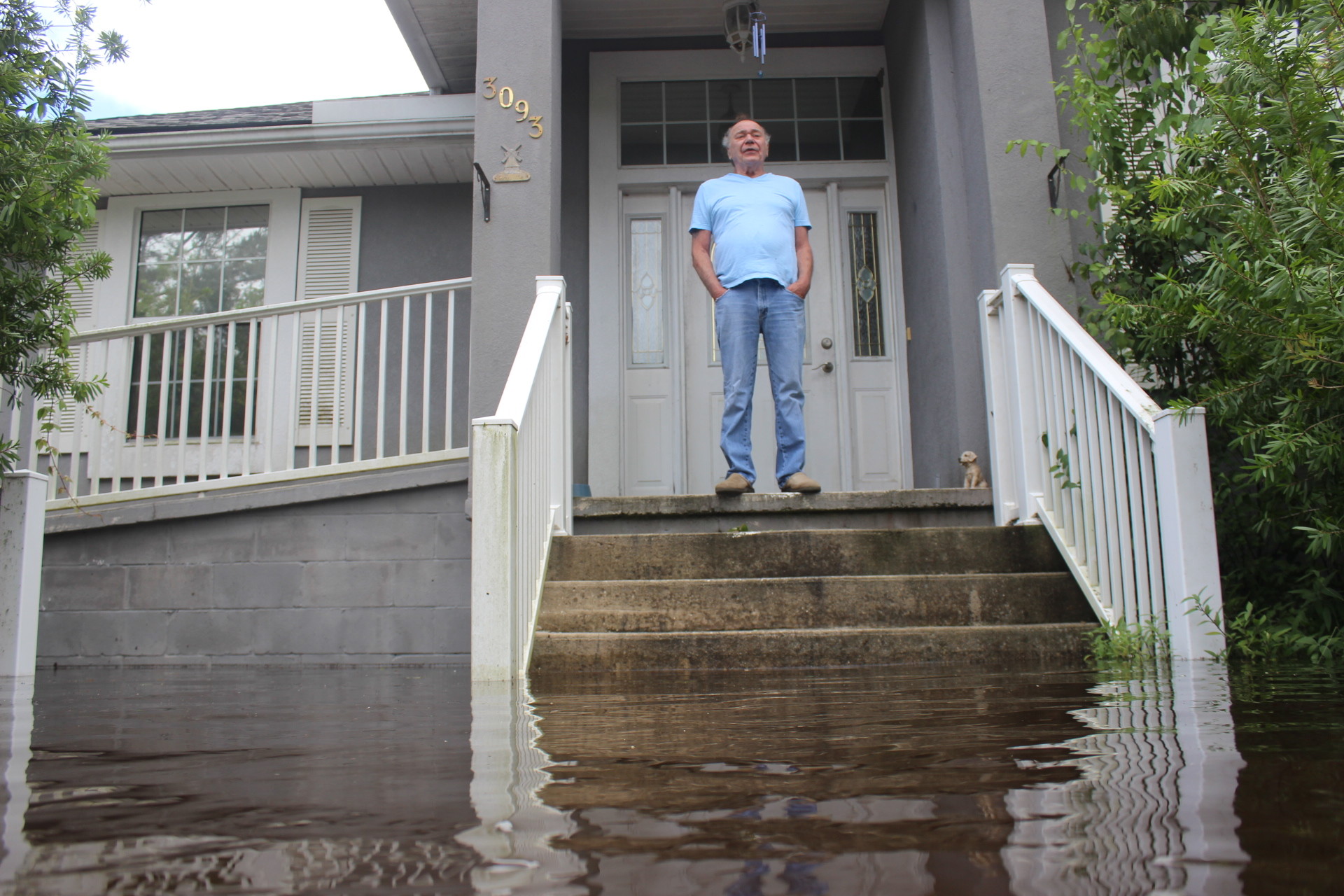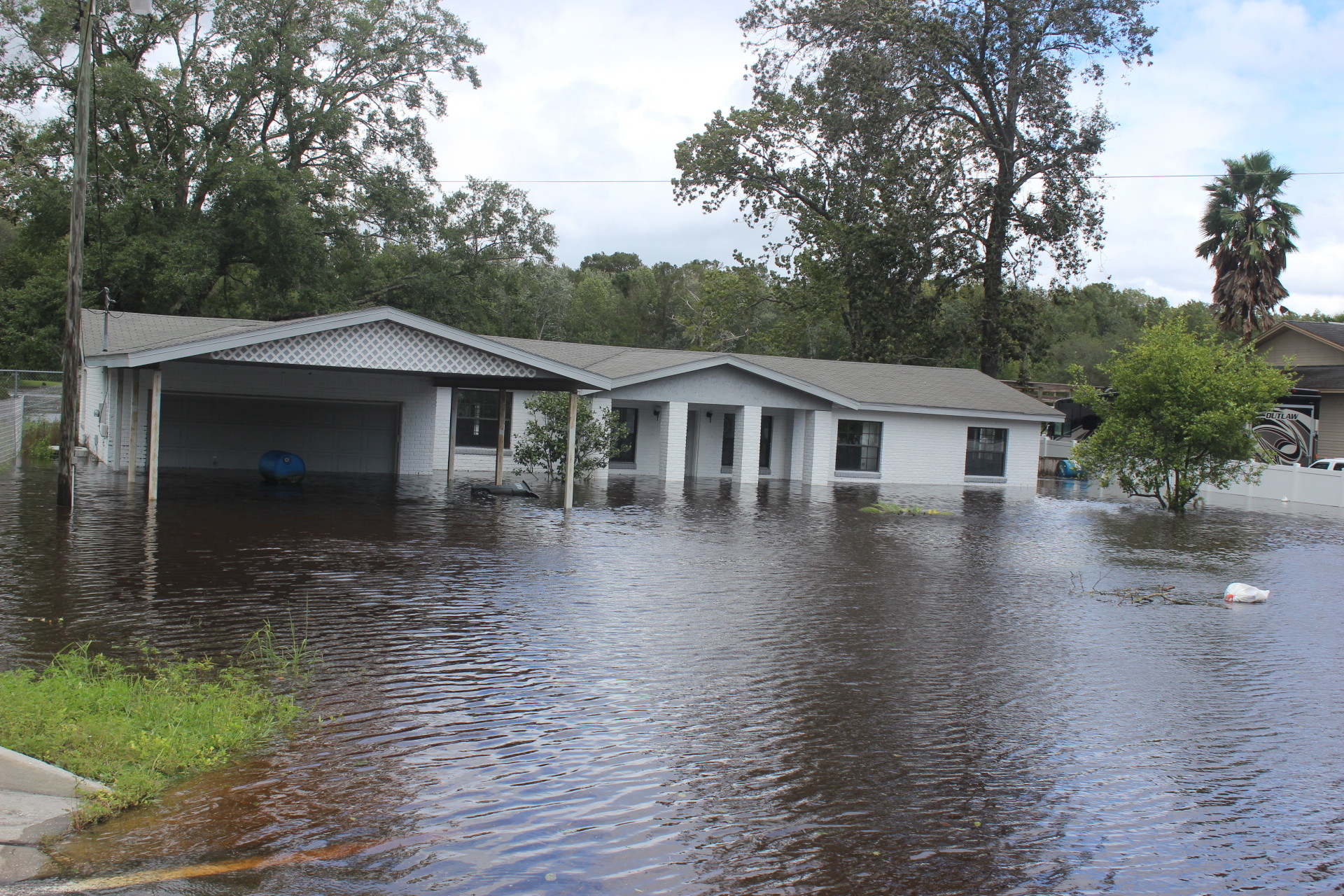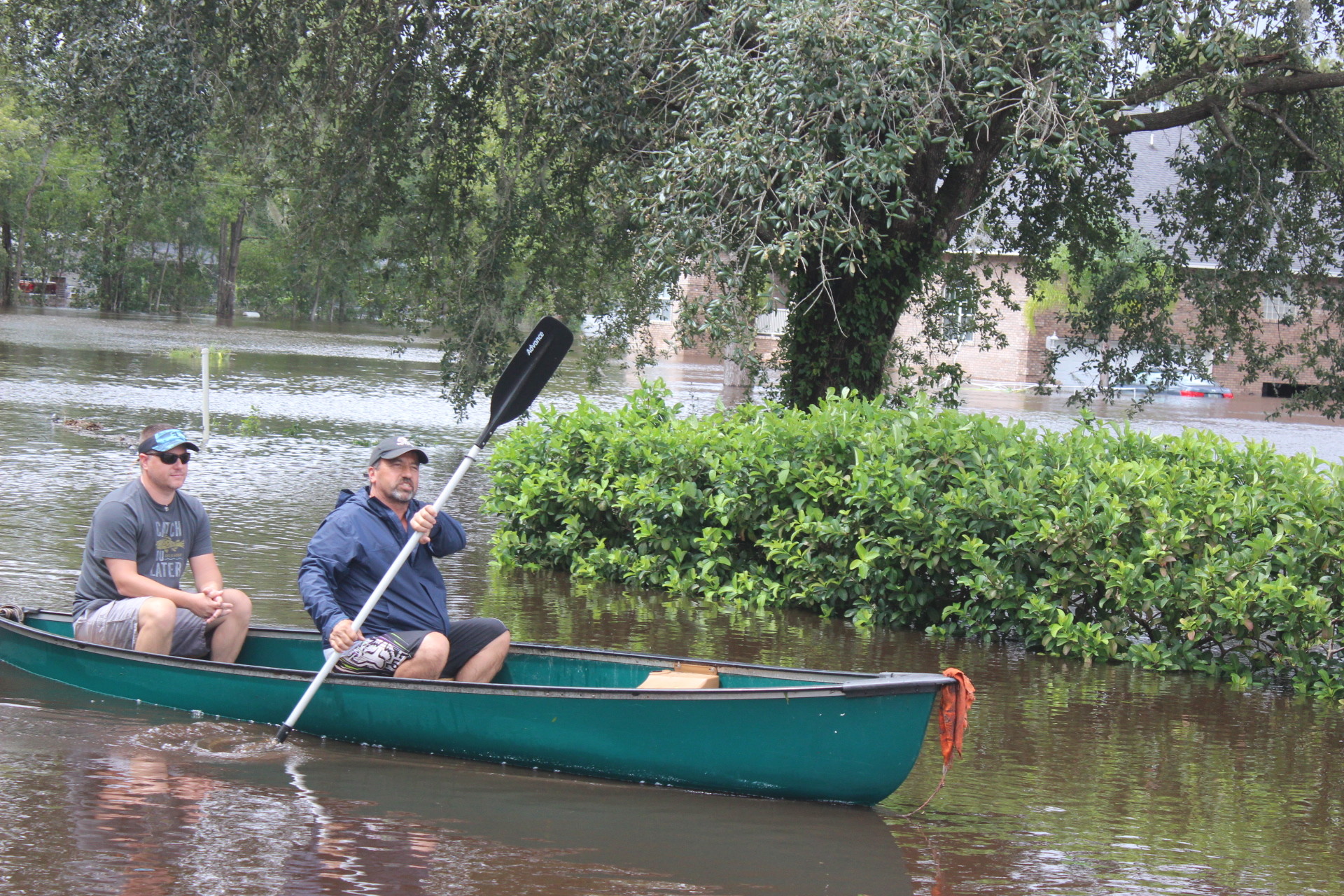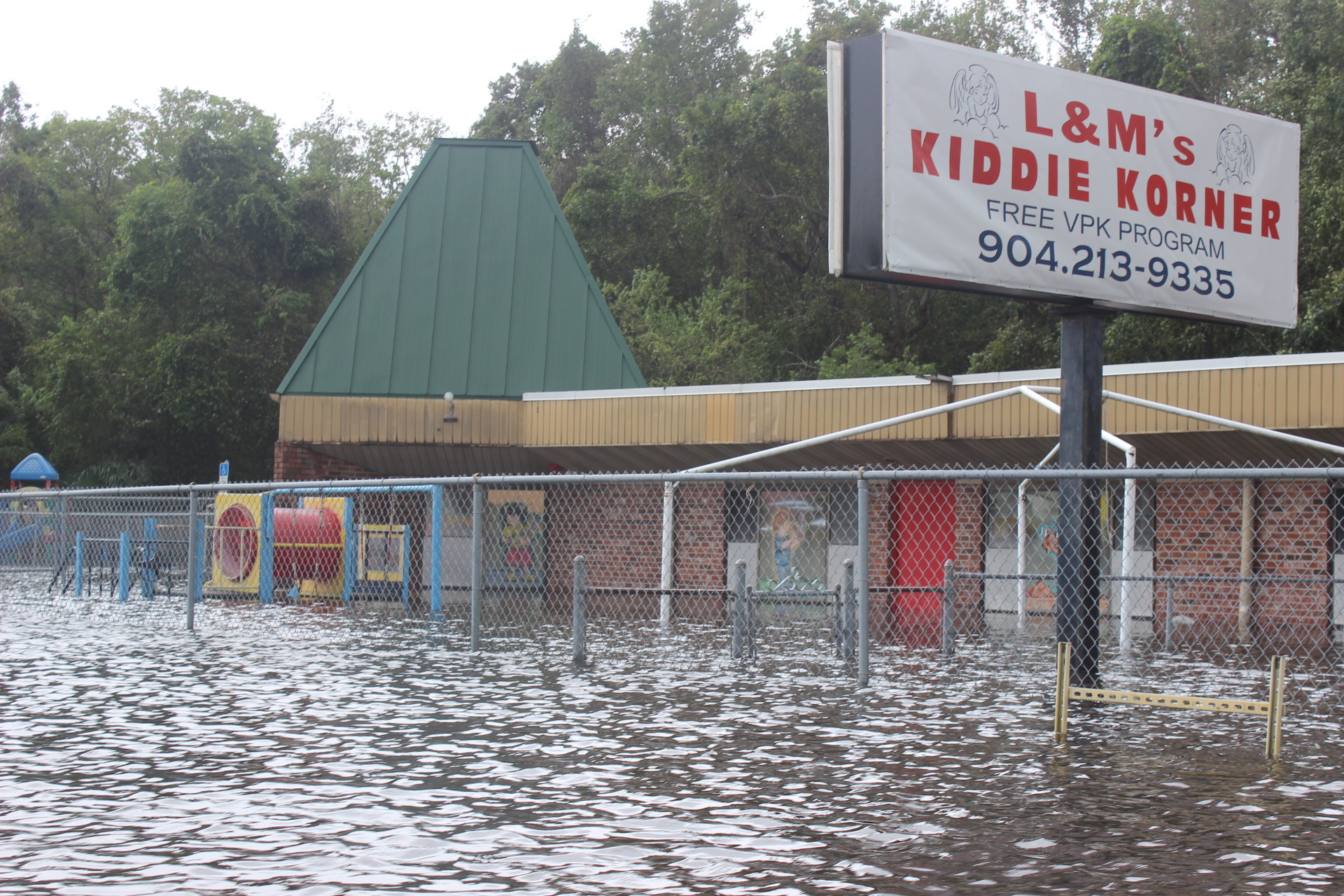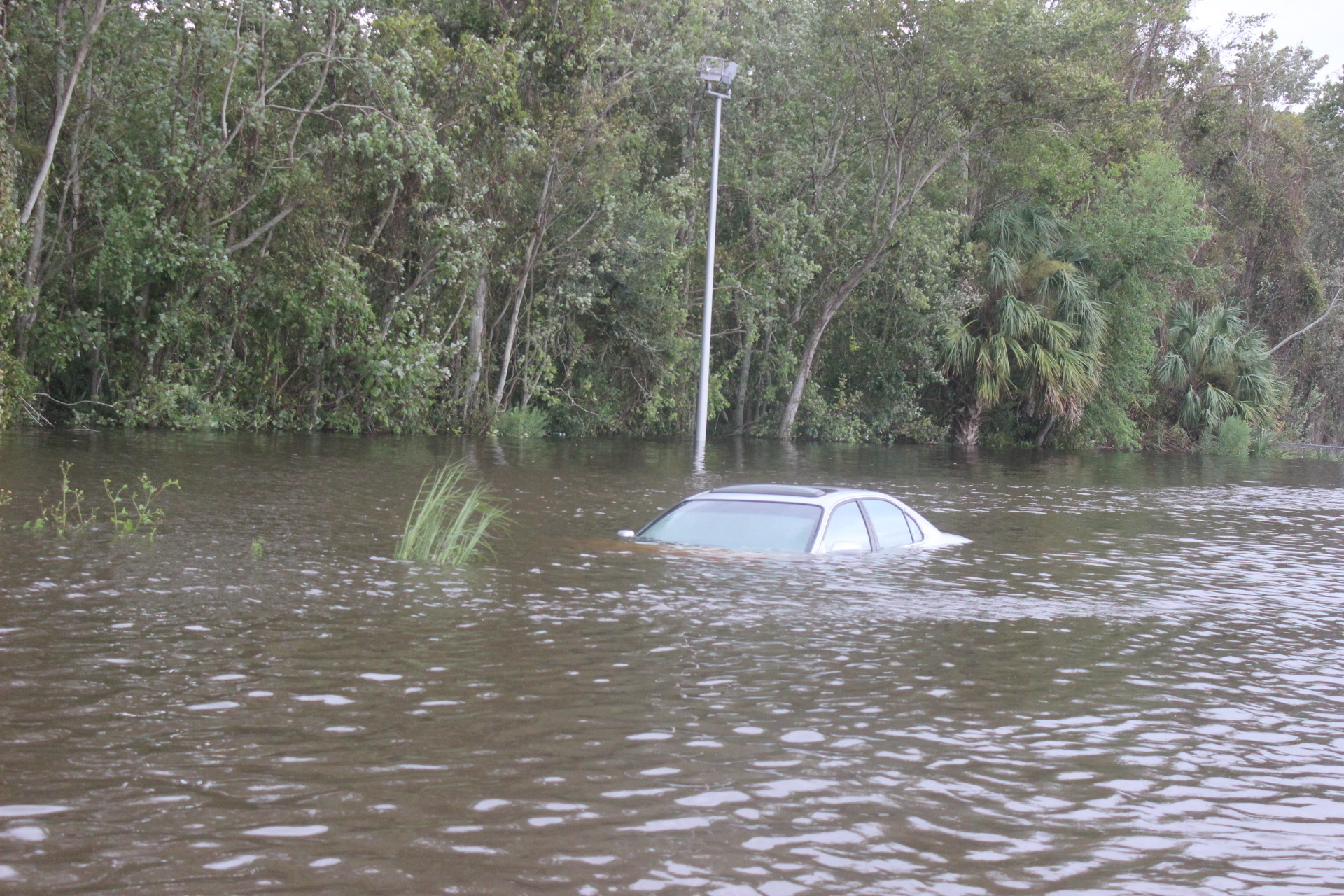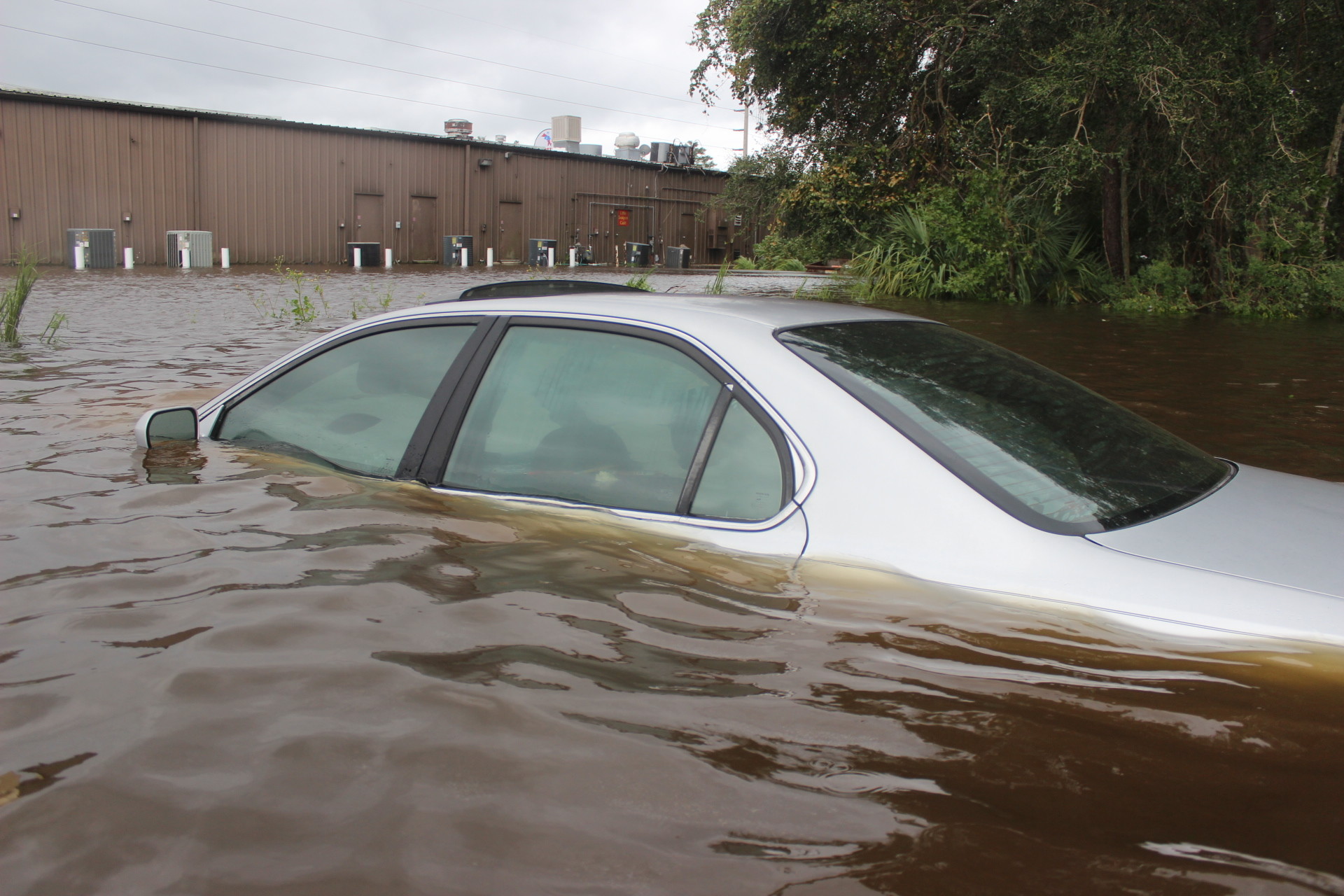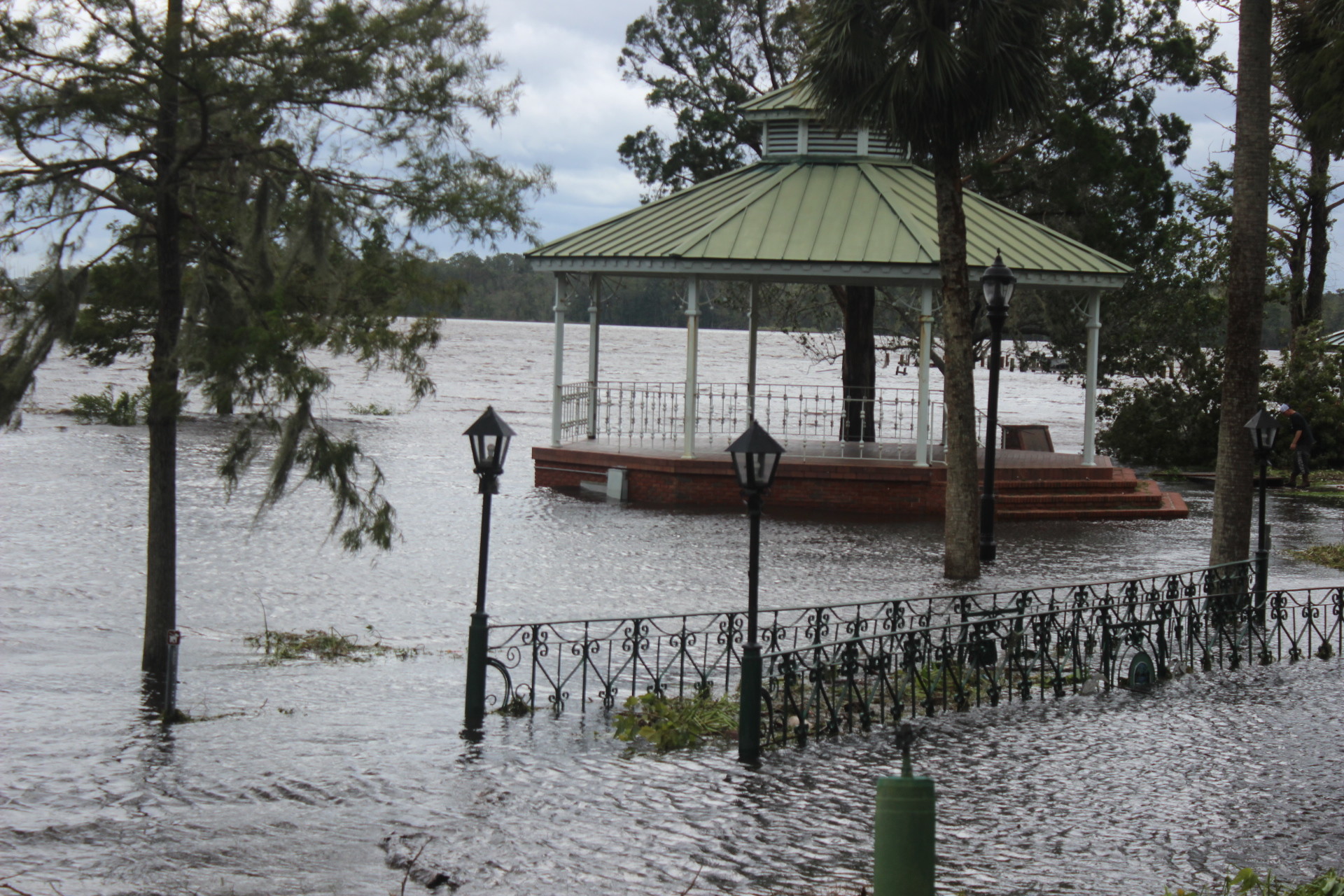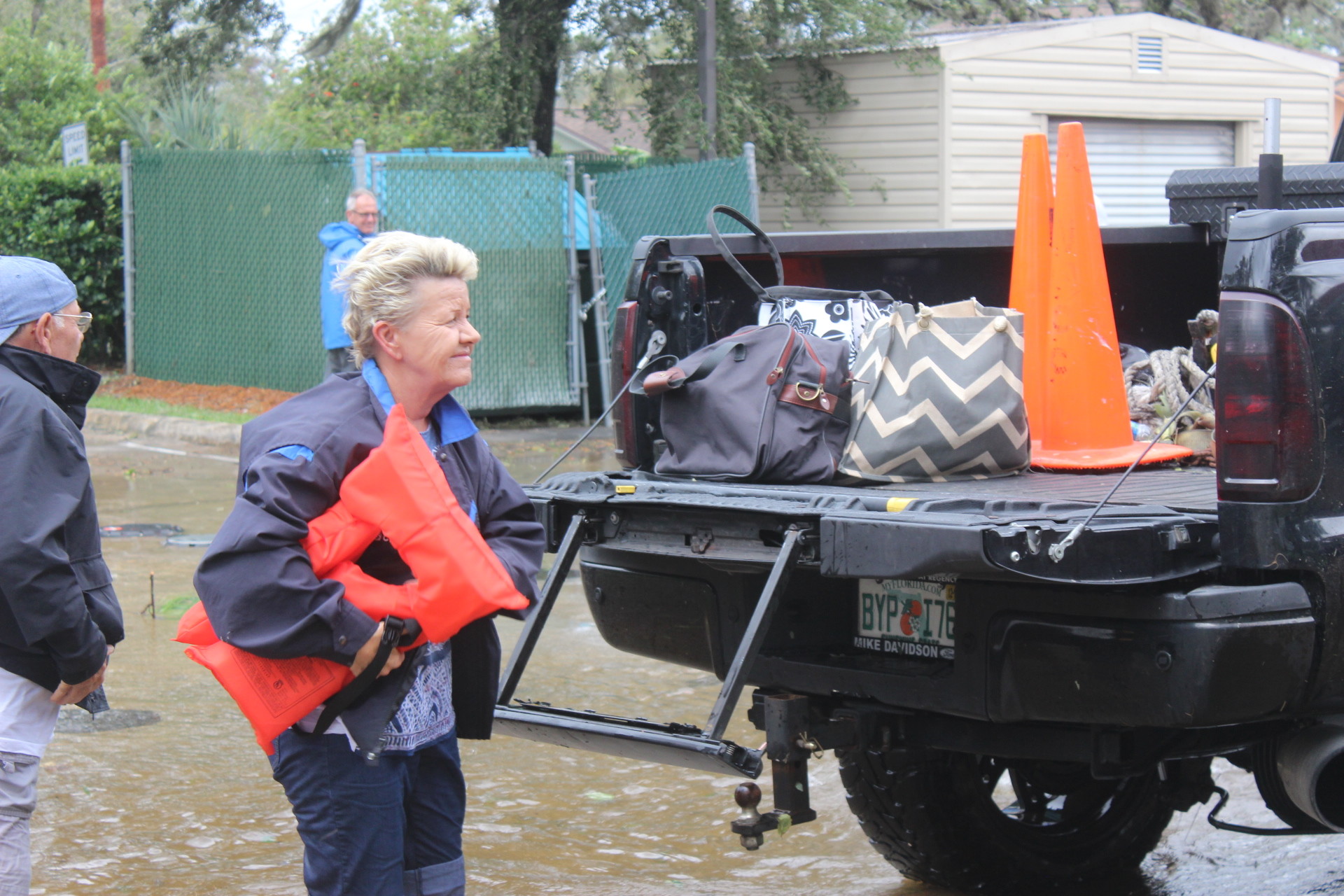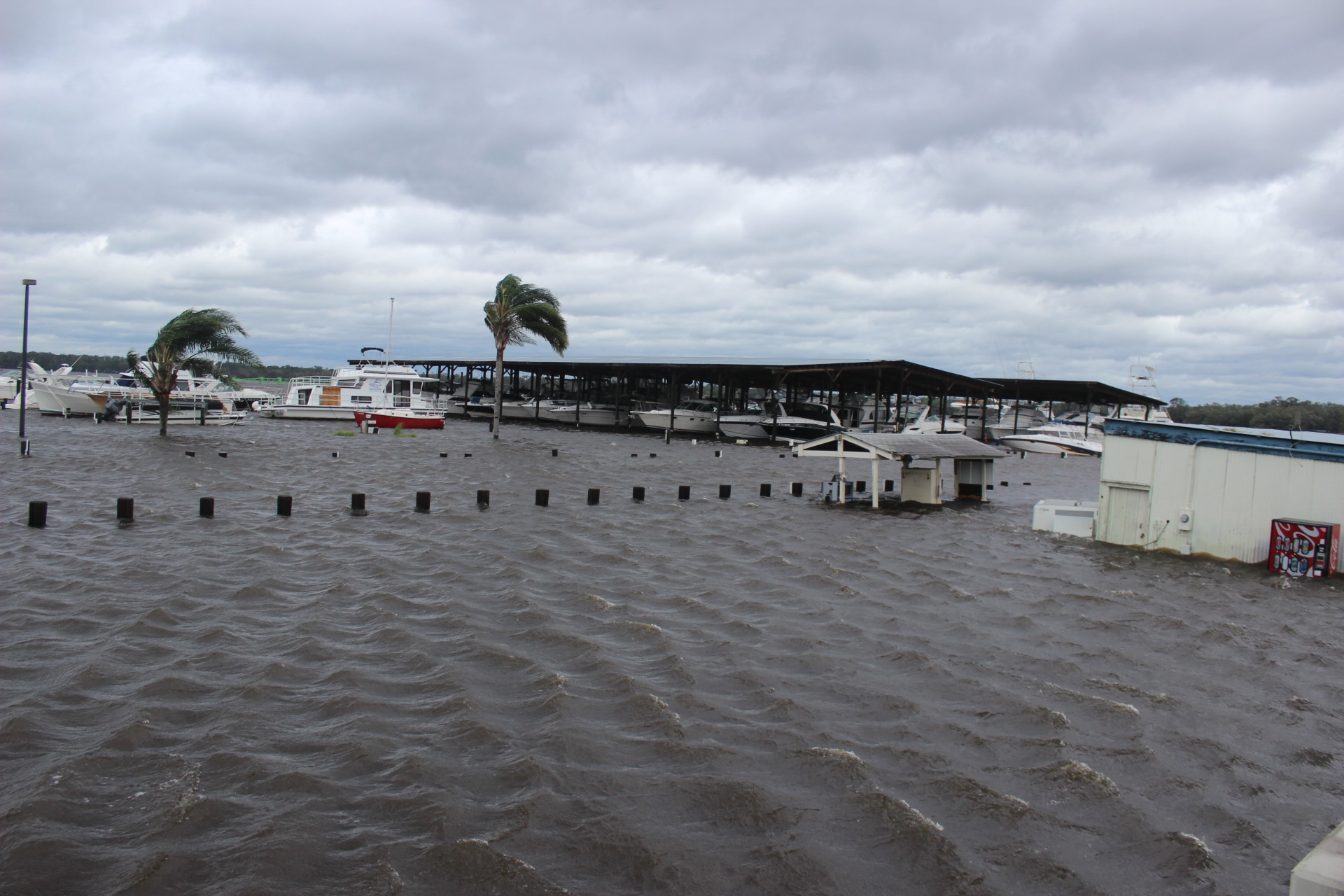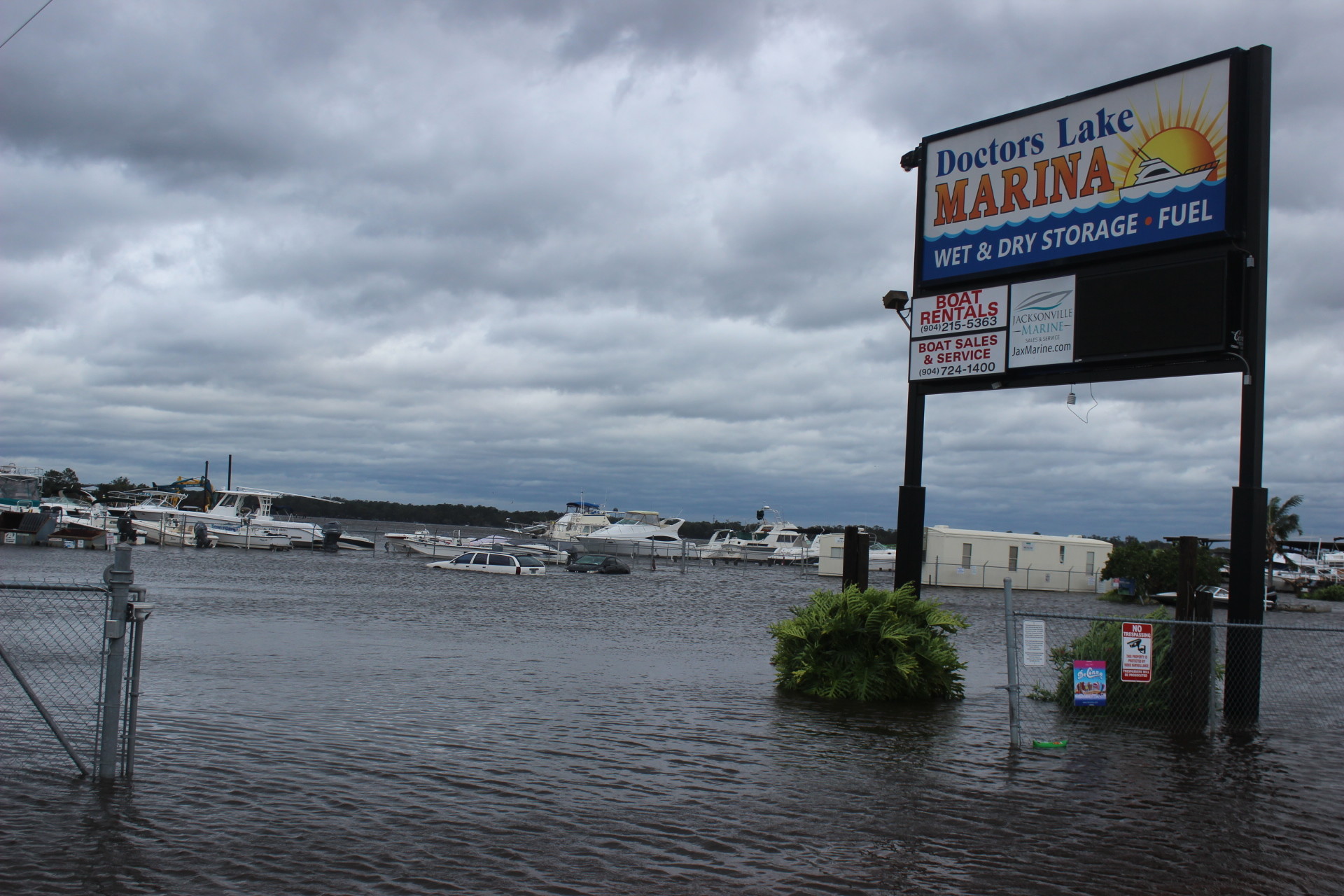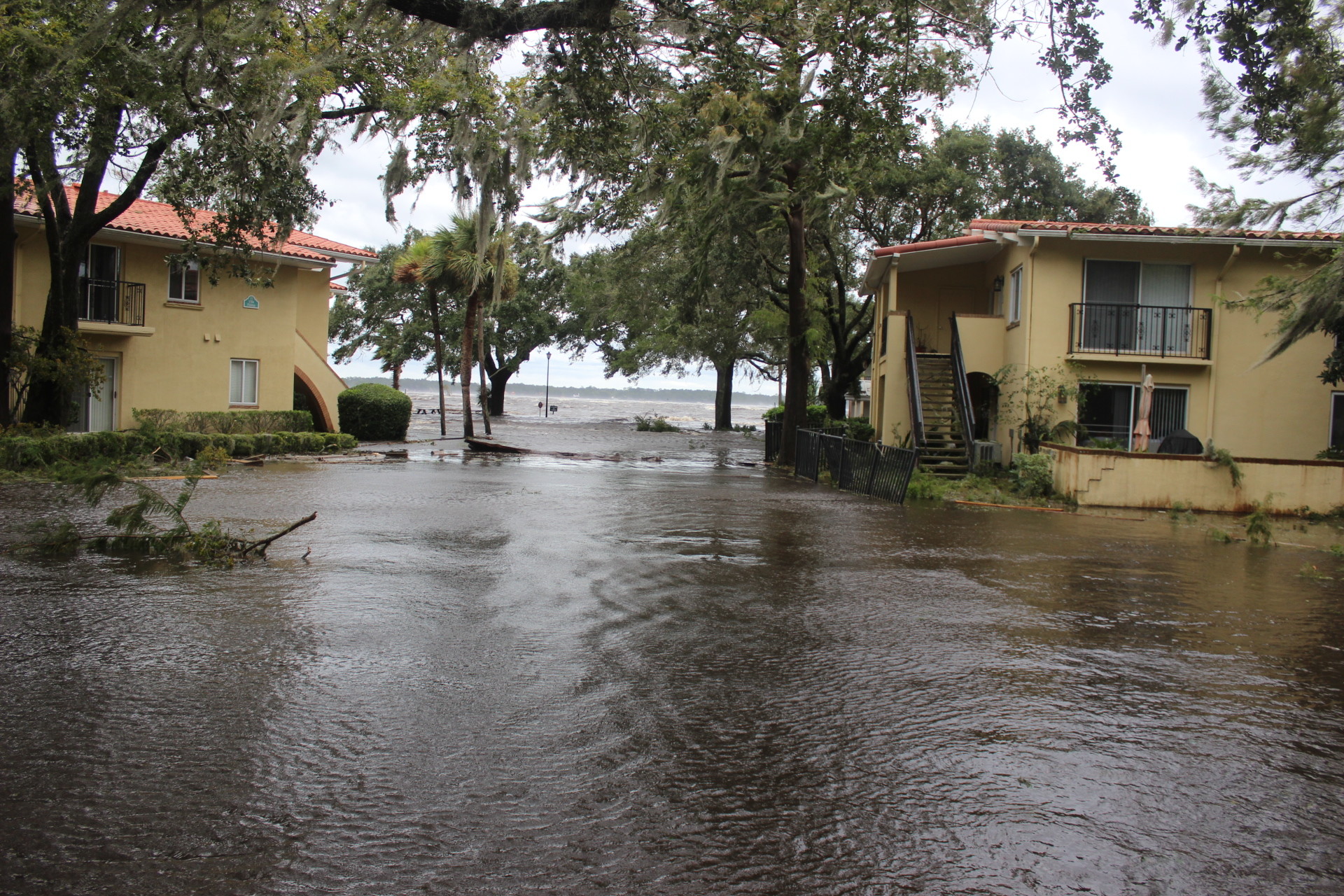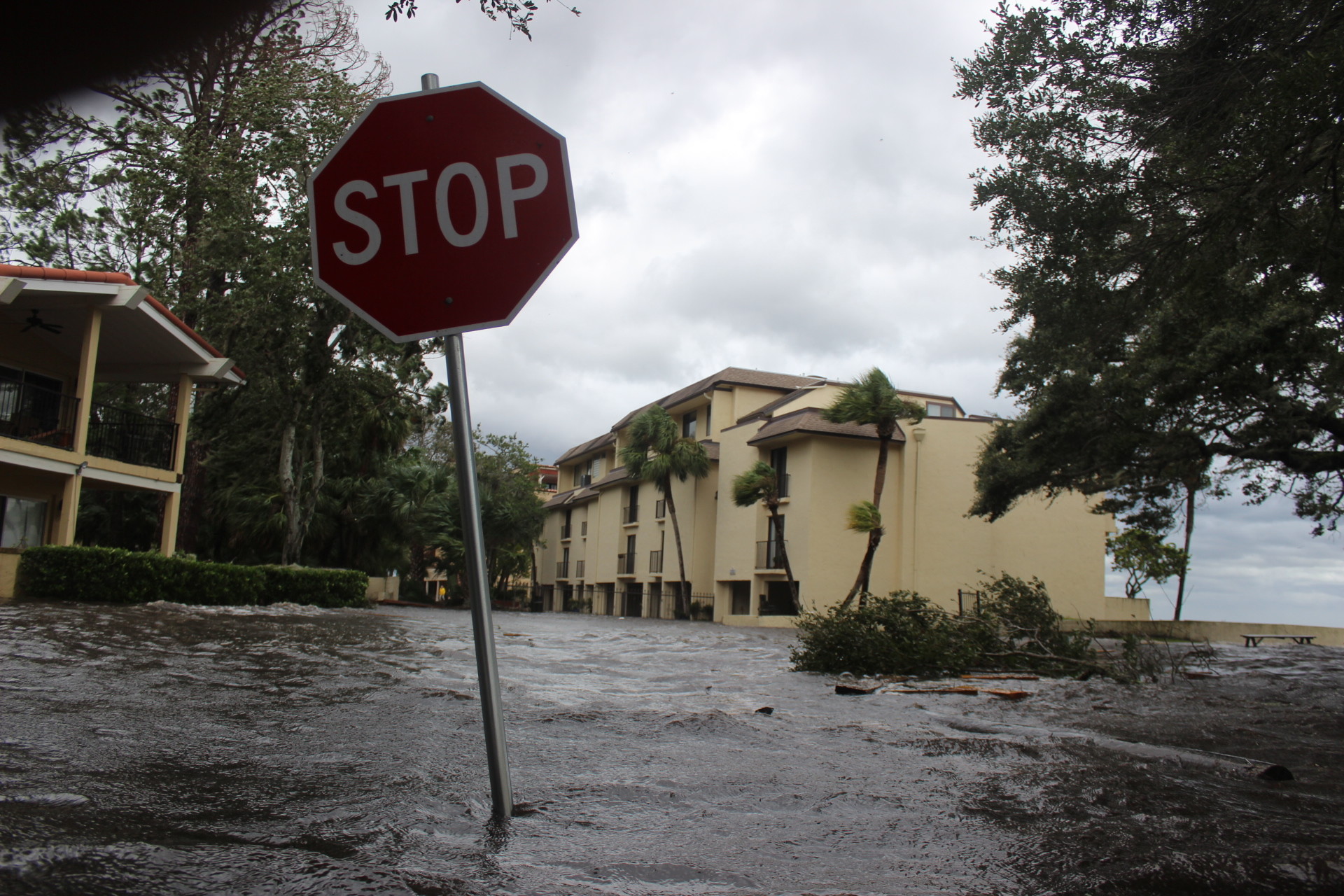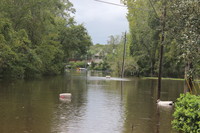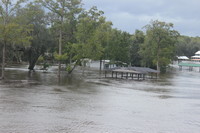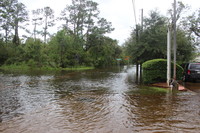Hurricane Irma sweeps area
Aug. 27 - Sept. 6
Hurricane Irma forms west of Africa and travels strengthening to a Category 5 over the warm waters of the Atlantic Ocean as it ravages islands southeast of the United States. …
This item is available in full to subscribers.
Attention subscribers
To continue reading, you will need to either log in to your subscriber account, or purchase a new subscription.
If you are a current print subscriber, you can set up a free website account and connect your subscription to it by clicking here.
If you are a digital subscriber with an active, online-only subscription then you already have an account here. Just reset your password if you've not yet logged in to your account on this new site.
Otherwise, click here to view your options for subscribing.
Please log in to continueDon't have an ID?Print subscribersIf you're a print subscriber, but do not yet have an online account, click here to create one. Non-subscribersClick here to see your options for subscribing. Single day passYou also have the option of purchasing 24 hours of access, for $1.00. Click here to purchase a single day pass. |
Hurricane Irma sweeps area
Aug. 27 - Sept. 6
Hurricane Irma forms west of Africa and travels strengthening to a Category 5 over the warm waters of the Atlantic Ocean as it ravages islands southeast of the United States.
Thursday, Sept. 7
Updated meteorological models show Irma on a direct collision course with Florida with sustained winds of more than 160 miles per hour.
“We’re trying to keep everyone alert and trying to keep them aware,” said Keystone Heights City Clerk Lynn Rutkowski. “And that’s all we can really do right now, make sure people are prepared.”
Friday, Sept. 8 - Sunday, Sept. 10
Irma impacts the north coast of Cuba and the Bahamas.
The storm’s winds quieted to 120 mph, but strengthened between Cuba and the Florida Keys. Storm bands struck South Florida.
Clay County fully activates its emergency operations center the morning of Sept. 9.
Hurricane Irma makes mainland landfall in South Florida as a Category 4 hurricane and cuts a path along the west coast of Florida, bringing with it high storm surges and heavy rainfall. Clay County orders a mandatory evacuation for areas near the St. Johns River, Doctors Lake and Black Creek, including the north and south prongs. Some stay.
The storm’s outer bands begin to affect Clay County. Some residents evacuate overnight Sunday.
Monday, Sept. 11
The storm hits in the early morning.
Hurricane Irma is downgraded to a tropical storm and reaches Clay County. The storm drops more than 11 inches of rain over some areas and fells trees. A three-and-a-half foot storm surge
swallows homes along BlackCcreek. Rescue efforts begin immediately.
Within 12 hours local, state and federal agents rescue more than 170 trapped residents. The St. Johns River reclaims real estate along Club Continental as several condominiums and cars are swallowed by flood waters.
Stretches of County Road 218, State Road 21 and State Road 16 are underwater.
Neighbors assess the damage to their homes and assist their neighbors on foot and canoe.
“We’re trying to plan our attack.” said Orange Park Town Manager Jim Hanson during the storm. “Everybody is either working or sleeping in their buildings right now...This is the time we need to basically knuckle down. We’ve got a lot of very professional and dedicated people here who are tired of sitting around waiting for the storm to get here who are ready to get out there and start fixing.”
“It’s pretty bad right now at this point,” said Club Continental maintenance manager Jose Torres during the storm. “This isn’t my first rodeo though. We can fix this.”
Volunteers evacuate the Clay County Animal Care and Control shelter after the facility floods. A total of 101 animals are saved
Tuesday, Sept. 12
Residents rebuild for those who can remove the wood from their windows and tree limbs from their yards. Businesses reopen. Families that evacuated begin to return to Clay County. Crews of linemen scatter to make repairs. According to emergency officials, many rescue personnel have not been home in days.
Waters begin to recede. Rescue efforts continue.
“Help is on the way,” said Clay County Sheriff Darryl Daniels. “We know where the folks are... we’re coming to you.”
“We sustained the same damage as everyone else did,” said Clay County Emergency Management Director John Ward. “Our families, homes our homes were impacted just like those that we’re out rescuing...a lot of our [rescuers] have not been home in four or five days, so we’re trying to work tirelessly to get teams and organizations within our public safety and law enforcement orgs to help their families that are home and make sure that they’re OK and also get our crews rotated out so they can go home and see their families.”


